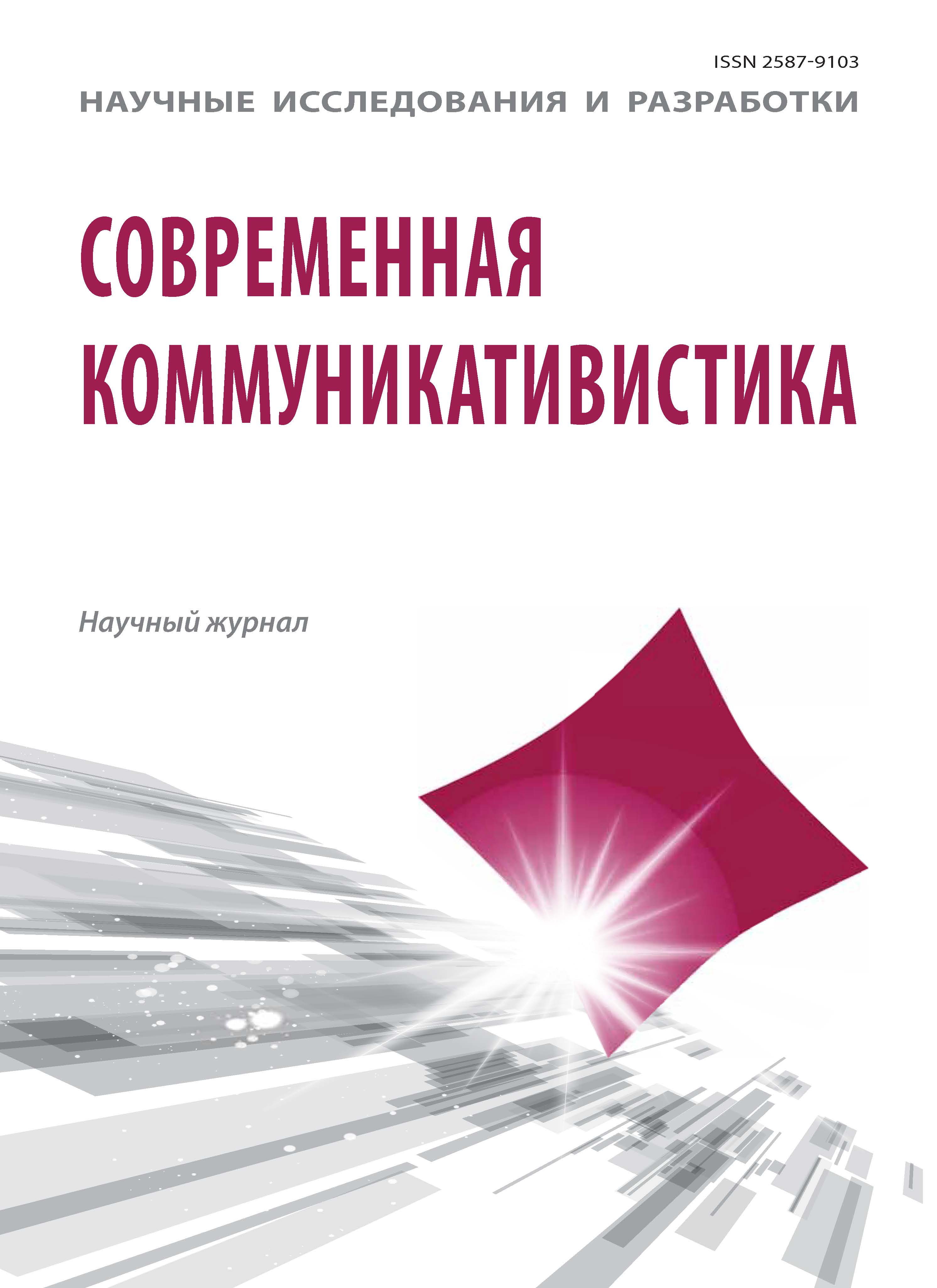Moskva, Moscow, Russian Federation
The essence of image communication is a transfer of meanings possessing an intangible nature by creating a variety of contexts: direct and indirect, verbal and nonverbal. Image context can be constructed on the basis of archetypal material and the stereotypes of mass perception. Verbal associative contexts include a variety of levels and often needs further disclosure/ clarification. Emotional contexts are intended to enable the communicant (the audience) in the role-playing situation and/or perform the role of a double (incongruent) messages.
image communication, context, archetypically material, a stereotype.
В постиндустриальном обществе все более доминируют концепции, усматривающие в основе динамики развития социальной системы коммуникацию. В современном социально-коммуникативном пространстве ключевыми объектами построения становятся такие нематериальные единицы, как репутация, бренд, имидж.
1. Bern E. Igry, v kotorye igrayut lyudi. Lyudi, kotorye igrayut v igry [Games People Play. People who play games]. Moscow, Eksmo Publ., 2007.
2. Koshlyakova M.O. Gendernyy aspekt rechevogo obshcheniya [Gender aspect of verbal communication]. Sovremennaya kommunikativistika [Modern communication study]. 2015, I. 4, pp. 53-54.
3. Lippman U. Obshchestvennoe mnenie [Public opinion]. Moscow, Institut Fonda «Obshchestvennoe mnenie» Publ., 2004. 384 p.
4. Perelygina E.B. Psikhologiya imidzha [The image of Psychology]. Moscow, Aspekt Press Publ., 2002. 224 p.
5. Yung Karl Gustav, fon Frants M.-L., Khenderson Dzh. L., Yakobi I., Yaffe A. Chelovek i ego simvoly [A Man and His Symbols]. Moscow, «Serebryanye niti» Publ., 2006. 138 p.
6. Available at: GlobalConflict.ru (accessed 05 January 2017).
7. Available at: ru.wikipedia.org (accessed 05 January 2017).
8. Available at: WomanAdvice.ru(accessed 05 January 2017).







